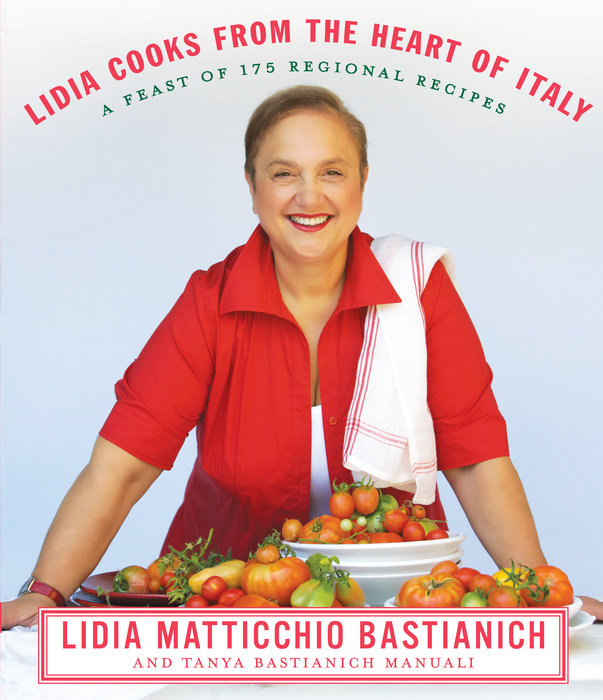Makes about 60 small polpettine, serving 6 as a main course, 10 or more as a first course, and many more as a buffet appetizer
Notes
These crispy, savory balls, simmering in tomato sauce, are delicious and surprising: though they have all the texture and flavor that a meatball-lover would ask for, there’s not a bit of meat in them—just eggs, grated cheese, and bread crumbs plus garlic and basil. They are certainly a testament to the ingenuity of Abruzzese cooks, who have fashioned the simplest staples of a rustic kitchen into a treat for all occasions. Serve the polpettine as a special snack or party hors d’oeuvre—when they’re freshly fried and crispy, you won’t even need any sauce. And with the sauce, they make a delightful primo or vegetarian main course. A good-quality pecorino for grating is essential here and will give you the most authentic flavor. If you’ve found one you like, use it exclusively in the polpettine and for serving. If your pecorino is sharp and/or salty, substitute Grana Padano for half the cheese in the recipe.
Ingredients
- 8 large eggs
- 3 cups fine dry bread crumbs
- 3 cups freshly grated pecorino (or half pecorino and half Grana Padano for a milder flavor)
- 2 teaspoons kosher salt
- 4 tablespoons finely chopped fresh basil (about 20 large leaves)
- 2 plump garlic cloves, peeled and finely chopped
- 1 cup vegetable oil, or more as needed
- 2 batches (6 to 7 cups) Tomato Sauce (see here)
- Fresh basil leaves for garnishing
Directions
You will need a heavy-bottomed, high-sided skillet or sauté pan, 12-inch diameter or larger, for frying; a heavy saucepan, 6-quart capacity or larger, for finishing the polpettine in sauce.
Beat the eggs well in a large mixing bowl. Heap the bread crumbs, grated cheese, salt, chopped basil, and garlic on top of the eggs, and mix everything together well, first with a big spoon or spatula and then with your hands. The dough should come together in a soft mass, leaving the sides of the bowl. If it is very sticky, work in more bread crumbs a bit at a time. Break off tablespoonful pieces of dough, and one by one roll them in your palms into a smooth ball.
Place the polpettine on a board or tray covered with wax paper or parchment—you should get about sixty balls total. Pour ⅛ inch oil into the skillet, and set over a medium flame. When the oil is hot enough that a test ball starts sizzling on contact, lay in as many polpettine as will fill the pan with clear space around them—you should be able to fit in twenty or thirty. Adjust the heat so the oil stays hot and the rounds are sizzling and browning nicely but not burning. Turn them frequently, so they fry on all sides.
When the balls are evenly browned and crispy, lift them from the pan, let the oil drip back in for a moment, then lay them on paper towels to drain. Fry all the polpettine in batches this way, adding more oil as needed. As a snack or hors d’oeuvre, serve each freshly fried batch while hot and crispy.
To finish and serve polpettine with tomato sauce, heat 6 cups of the sauce to a simmer in the big saucepan. Drop in all balls, and return the sauce to a simmer, gently turning the polpettine so all are submerged and coated. Cook for about 5 minutes, or just until the polpettine are heated all the way through.
Immediately spoon out the balls in portions: Heap ten or so in warm pasta bowls, with sauce on top, for main-course servings; garnish with a sprinkle of grated cheese and a basil leaf. As a first course, serve four to six polpettine on plates, in a pool of sauce. Or pile all the balls up high in a deep platter to share them family-style. Sprinkle cheese over the top, and serve right away.
A note of advice: Keep in mind that the longer the polpettine stay in the sauce the more they will absorb it and become soft—quite delicious, but delicate to handle. Plan to serve them as soon as they are heated through. If they’ve soaked up most of the sauce in this time—or if your guests are late—heat up about 1 cup more, spoon it over the polpettine, or pass it at the table.

